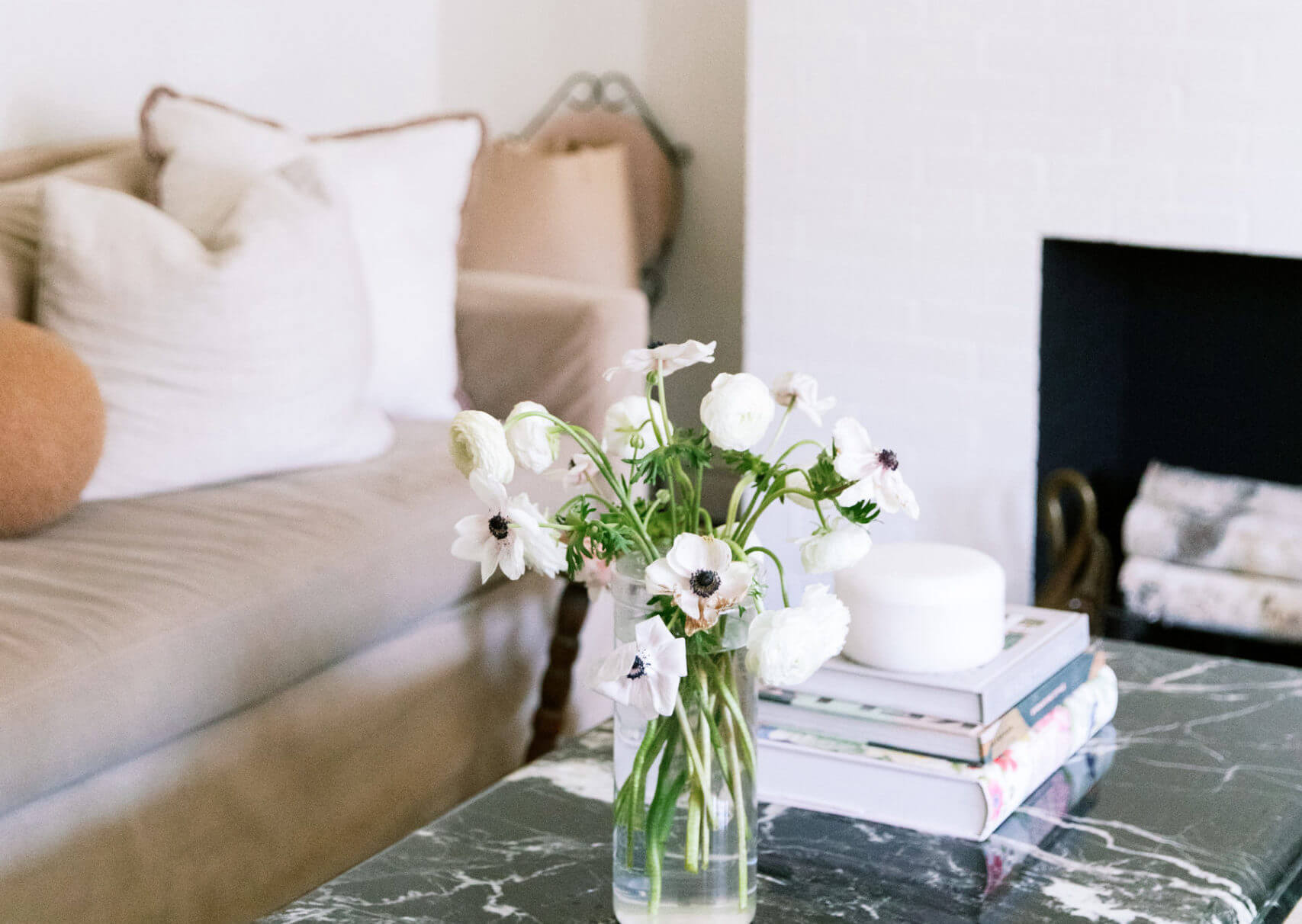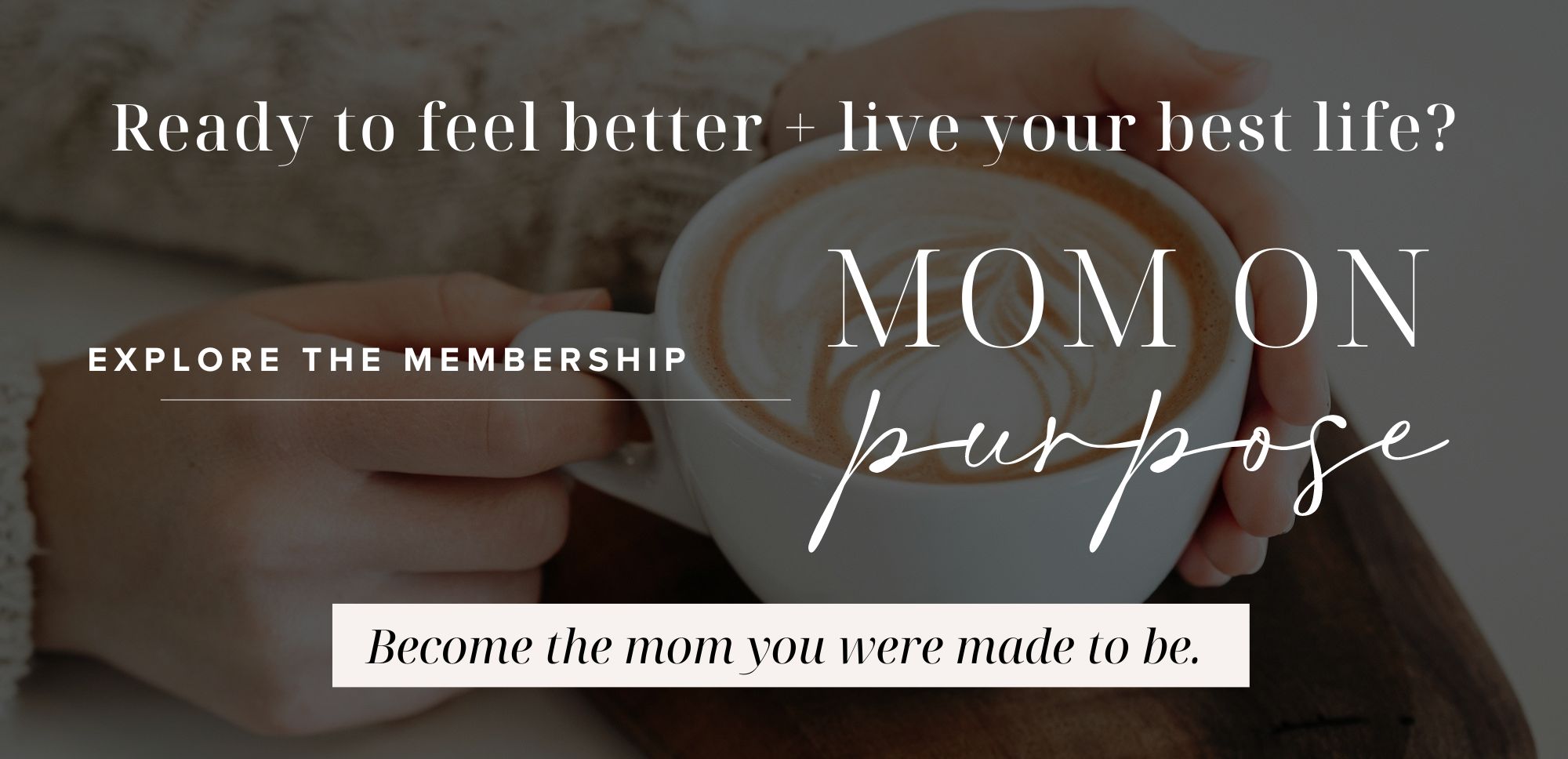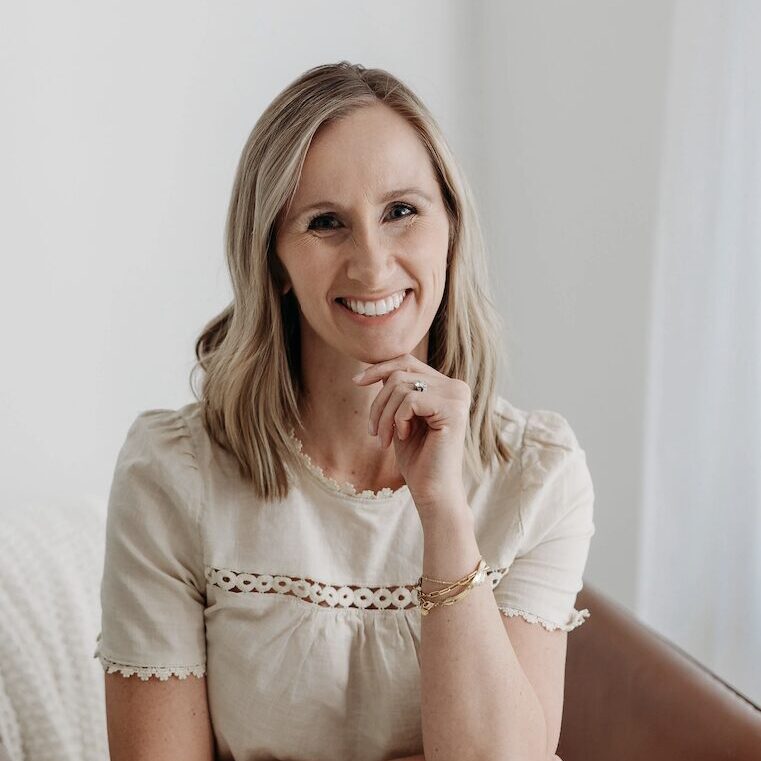Mindful living for moms is something I’m so passionate about because of the impact mindfulness has had on my life, personally.
I used to be extremely rigid. I was uptight. Self-described “type-A” and rarely relaxed. As a first-born daughter who always felt ambitious, what was an amazing part of me went to an extreme. I didn’t enjoy playing, having fun, or just “being” (in quotes because I don’t think I knew what that meant at the time). Being a lawyer fit perfectly with this personality because it allowed me to channel all that intensity into work. And did I work! I remember when I first started learning about mindfulness tools and having the thought “the thought of working less feels like terror.” I couldn’t imagine chilling out.
This was about six years or so ago. And now, I’m proud to share that I feel grounded, relaxed, calm and work less. It’s a complete 180 in my personality. I still have my ambition (and I want to keep it!), but I’m not extreme with it. I don’t see things so black and white. I love being with my family and enjoying my every day life. There’s more flow and peacefulness. I experience life in a more grounded way.
So, how did this happen? Mindful living. I applied mindfulness tools consistently over time, which led to new decisions about life, family, and career. All of that has landed me where I am today, feeling so different than I did several years ago.
If you want to start living more mindfully, here’s what you need to know.
What is mindful living?
Mindful living is about having awareness in the present moment and accepting it for whatever it is.
Contrary to what many people think, it’s not about the absence of thoughts. For example, if you’re a physician, you want to have lots of thoughts that you worked hard to acquire. Instead, mindful living is about being aware of your thoughts and feelings (what’s happening internally) as well as what’s happening externally (with other people, in the world, etc.).
Examples of mindful living include: becoming aware of your thoughts, eating more mindfully, practicing staying present when you’re playing with your kids, feeling any feeling that comes up in your body, staying connected in conversation, going on walks and noticing your senses.
There’s no right or wrong when it comes to mindful living. Simply keep the intention in mind: to bring more awareness with acceptance.
Here is some of my favorite content to get started with for mindfulness:
- What Is Mindfulness? (podcast)
- 7 Tools To Become More Mindful (blog post)
- Mindfulness (podcast)
- The Nervous System And Feeling Triggered (podcast)
- 10 Mindset Shifts For Moms (blog post)
- Mindfulness For Moms: What You Need To Know (blog post)
- What Mindfulness Is NOT (Mindfulness Myths Explained) (blog post)
- How To Practice Mindfulness For Busy Moms (blog post)
The Benefits Of Mindful Living
When you have more awareness with acceptance, you feel better. You have decreased anxiety and worry.
For example, let’s say your daughter is struggling with math. If you’re practicing mindful living, you’ll focus on the facts of what’s happening now without fast-forwarding this to mean something bad about her future. You’ll focus on who you want to be, instead of trying to fix and solve your daughter’s problem. You’ll be supportive and respectful instead of controlling.
The “acceptance” part of mindful living means that you accept what is. Anxiety and worry come from fear of the unknown, which usually comes from uncertainty and resistance to “what is.” This means that mindful living can dramatically reduce negative feelings of anxiety, fear, worry, and overwhelm.
Mindful living promotes positive feelings, too, like contentment, joy, connection, openness, and love. In addition to these feelings, you’ll notice your physical body will feel better because your nervous system won’t be as activated.
There are many more benefits to mindfulness. If you want to learn more, click here to listen to the Benefits Of Mindfulness Podcast.
How Mindful Living Is Possible As A Parent
There’s nothing inherently different about mindful living for parents compared to mindful living for someone without kids. The reason this comes up is because parents often feel like they don’t have time for it. If you’re feeling that way, here are a few things to keep in mind.
1. Mindful living is more of a lifestyle change than it is activities. While there are practices to get started, it’s mostly a shift in how you see the world. This means that you won’t need to dedicate a ton of time or go on a meditation retreat or anything like that.
2. To get started living more mindfully, edit out the negative input that isn’t serving you (unfollow social accounts or stop watching the news) and start listening to podcasts or reading books. You can click here to download my Podcast Directory and get started listening to my podcast, The Design Your Dream Life Podcast. Positive input makes incorporating mindful living practices easy to integrate into your life.
3. For the routines you do want to practice, create a schedule. It doesn’t have to be a lot of time, it just needs to be thought out. For example, you don’t need to dedicate hours every day, but you’ll benefit from planning the 10 minutes of mindful practices you want to do each day and at what time. You may decide to journal right when you get up, for example. The more you can schedule it, the more likely you’ll do it. Again, quality over quantity wins here.
How To Get Started With Mindful Living
Here are some easy and effective mindful living practices to get started with:
- 10 Minutes Of Silence
- 75 Journal Prompts For Moms (free download)
- Mindfulness For Moms: What You Need To Know (blog post)
- Grow You, my mindfulness community for moms
A Final Note
If you’re feeling anxious, overwhelmed, on edge, or like you worry constantly, mindful living can help solve those challenges from the inside out, at the root cause.
I remember thinking I was “just this way” and it wasn’t true. I was simply in the habit of being that way and I needed to learn how to be another way. And that’s what I did.
You can change any part of your personality you want to work on. It’s not as hard as you think either. To learn more about this, get started with my Mindful Mom Free Class.



